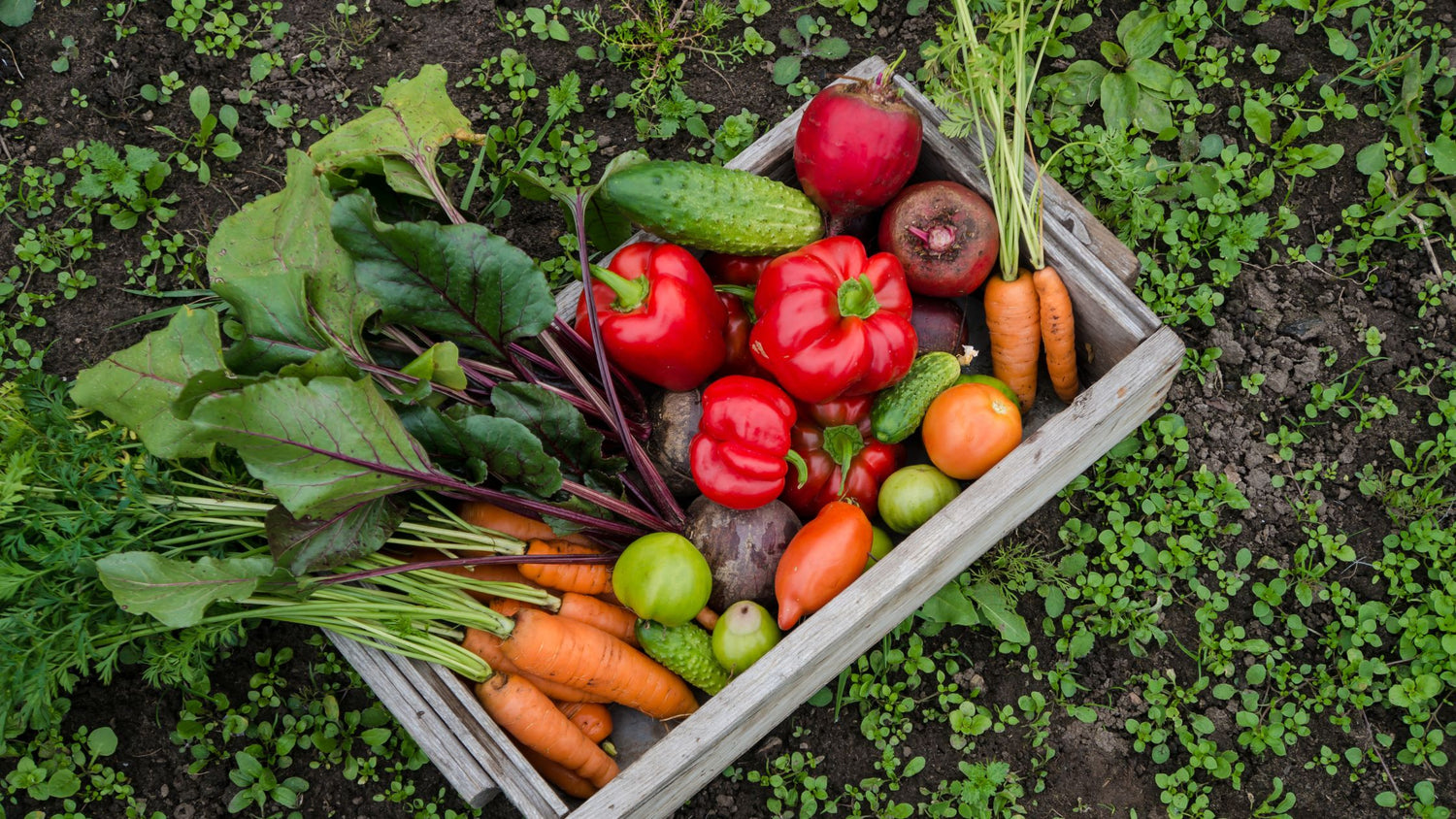Growing your own food is a rewarding venture that allows you to enjoy fresh produce right from your backyard. It fosters a connection with nature, provides nutritious food, and can even be a therapeutic activity. Whether you have a large garden or a modest balcony space, the information below will guide you through the process of starting your edible garden.
Understanding the Basics
Research and Education
Embarking on the journey to grow your own food begins with education. Understanding the specific needs of the plants you wish to grow, the characteristics of your local climate, and soil conditions is paramount.
Consider locations with garden-focused educational resources such as local botanical gardens or community colleges, which often offer classes on horticulture and plant biology. Additionally, public libraries frequently feature a variety of gardening books and periodicals that provide valuable information on garden planning, plant diseases, pest control, and organic gardening practices.
Planning Your Space
Careful planning of your growing space is essential, whether you're cultivating a few pots on a balcony or an expansive backyard plot. Always start with an honest assessment of your available space and resources.
Mapping out your garden is a great start. Note the areas that receive full sun, partial shade, and full shade throughout the day. This will help you decide where to plant certain crops since most vegetables require a minimum of six hours of direct sunlight daily, while others may thrive in partially shaded conditions.
Think about how you'll rotate crops to prevent depleting the soil of certain nutrients and to thwart the buildup of pests and diseases. Crop rotation is not just for large-scale farmers but can be practiced even in small garden plots.
Raised beds are excellent for those with poor soil or limited space and offer the benefits of ease of maintenance and improved soil drainage. Containers are a flexible solution for urban growers or those with physical limitations that make bending and kneeling difficult. Hanging baskets can be used to grow a variety of herbs, strawberries, and even some trailing tomato varieties.
Don’t forget to incorporate pathways between beds or planting areas, allowing easy access for maintenance and harvesting without compacting the soil.

Essential Gardening Tools
Equipping yourself with the right tools can make the difference between toil and pleasure in gardening. Here is a more extensive list of tools that you’ll find essential as you tend to your garden:
- Hand Pruners: An essential tool for keeping plants healthy by removing dead or dying limbs and shaping plants for better growth.
- Garden Hoe: Ideal for shaping soil, removing weeds, clearing soil, and harvesting root crops.
- Watering System: While watering cans work for small gardens or container gardening, consider investing in a garden hose or drip irrigation system for larger spaces to conserve water and time.
- Garden Spade: A sturdy spade is important for turning the earth, edging beds, and transplanting larger plants and shrubs.
- Leaf Rake and Garden Rake: The former helps collect leaves without damaging plants, while the latter is invaluable for soil preparation and removing stones and debris.
Maintenance tasks are another important consideration. Keep your tools in good condition by cleaning and sharpening them regularly, and remember to winterize your garden equipment if you live in an area with a cold off-season.
Learning and Community
Learning from other gardeners can significantly enhance your growing experience. Local gardening clubs and societies are fantastic venues for this. They generally hold regular meetings and discussions; they are excellent places to exchange tips and ideas.
Consider volunteering at a community garden. Not only will you gain experience, but you will also contribute to a project that benefits others—a perfect way to immerse yourself in the gardening culture.
Local county or state fairs often hold gardening competitions or exhibitions. These events can be a good opportunity to meet seasoned gardeners and learn from their displays and presentations.
Sustainable Practices
Sustainability is a principle that can guide every aspect of your garden, from pest management to water conservation. Here are more ways you can maintain a garden that's both productive and eco-friendly:
- Organic Fertilizers and Pest Control: Instead of relying on chemical solutions, use organic compost, manure, or worm castings to enrich your soil. Introduce beneficial insects, such as ladybugs and praying mantises, to deal with harmful pests.
- Mulching: Applying a layer of organic mulch around your plants can help conserve moisture, suppress weeds, and eventually contribute to soil health as it breaks down.
- Succession Planting: Staggering plantings of certain crops can ensure a continuous harvest. Once one crop is harvested, another can take its place, making efficient use of your garden space and resources.
By understanding the fundamentals of garden planning, equipping yourself with the right tools, engaging with the gardening community, and implementing sustainable practices, you're well on your way to establishing a thriving garden that fills your table with fresh, homegrown food. Gardening is a lifelong learning process filled with challenges and rewards. Through dedication and persistence, you can enjoy the satisfaction that comes with growing your own food and the countless benefits this brings to your life and the environment.





Leave a comment
This site is protected by hCaptcha and the hCaptcha Privacy Policy and Terms of Service apply.